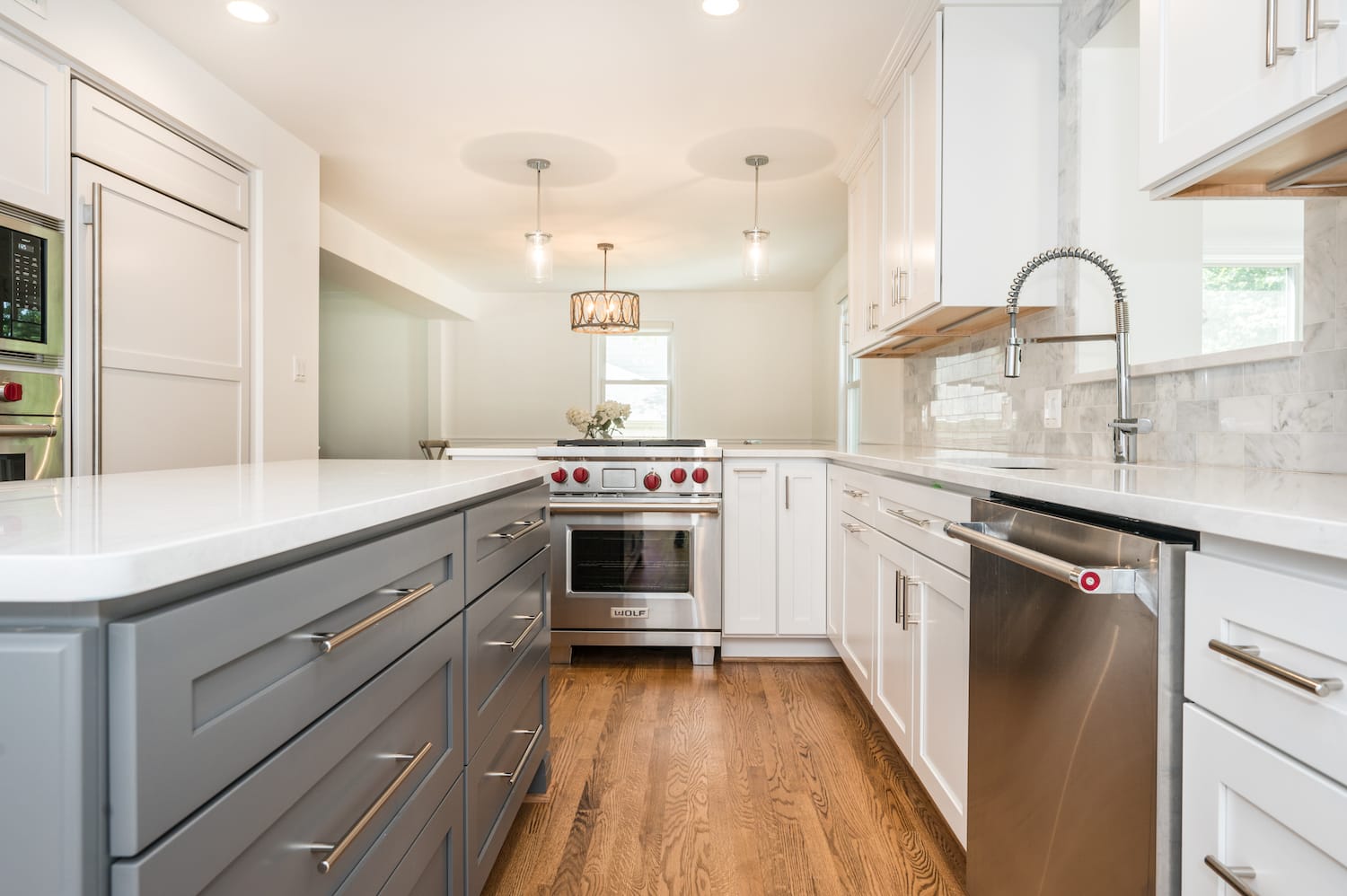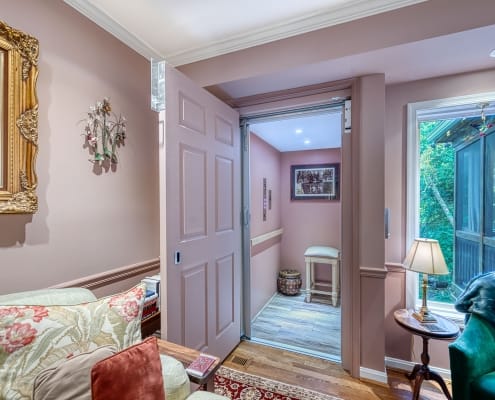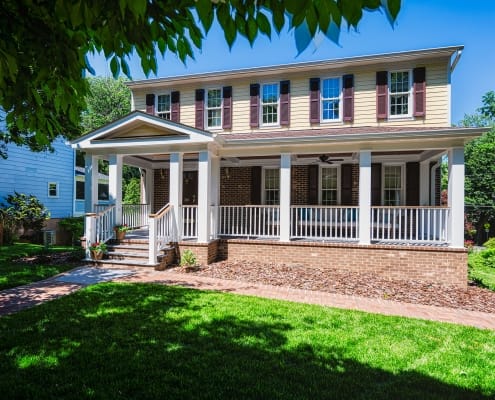Staircases: Taking the Next Step in Remodeling Projects
One of the things that makes a home feel old and worn is the sound of creaks and groans as people walk through it. One of the noisiest places is usually on the stairs. This is noticeable in many homes throughout Northern Virginia, including those in Arlington. Stairs are more than just a means to travel from one floor to the next. They are a focal point for the household. Most older homes have a single main staircase located in the center of the home, although some that were built specifically with servants quarters may have a second, smaller staircase in the rear of the house as well.
Stair Replacement
If your home is more than 10 years old, the steps probably creak when you climb. It might be just one or two spots, or it might seem like every step has something to say. When considering the details of your residential remodeling project, don’t take your stairs for granted. It might be time to replace or reinforce your existing staircase as part of your home renovation. This is a good time to check their structural integrity, especially if they’re noisy. You might find loose steps or even cracks and gaps if you look underneath. Most homes in the area that have hardwood floors have matching steps. Some have been covered with carpeting. If you remove the carpeting, you might find steps that are worn hard in the middle and are barely touched on the sides. These can be replaced as part of your Arlington design build remodeling project. You can move or change the effect of the staircase by changing its direction, its color and its shape. You may want to move an attached pony wall for a different appearance altogether.
Railings and Posts
Change your railings to bring them up to code or to modernize your stairs with the rest of your home’s new look. Some homeowners prefer to use iron instead of wood; others want to close the gaps between the slats to make them more child-friendly. A post at the bottom of the stairs can take many shapes, from large to small to round to square.
New Staircase
Building a new staircase into Arlington home additions can create convenience, flair and depth in your layout. They are especially effective if you are adding a second floor over the first and when you are significantly increasing the square footage of your house. Remember, steps don’t have to be a straight line up and down. They can curve and turn to maximize your space. They can also have short flights and a landing to make traversing them easier.
Our Foster Remodeling design and build team can help you decide how to change your existing staircase or where to put a new one. At the very least, we can reinforce what you have so that your stairs don’t creak and talk to you every time you cross over them. We can incorporate this in the rest of your Arlington home remodeling project.
If you would like to talk about ideas for remodeling or renovating your home in Fairfax, Mclean, Springfield, Woodbridge, Alexandria, Arlington, and Falls Church VA, reach out to us at Foster Remodeling. Call now for a free consultation!





















